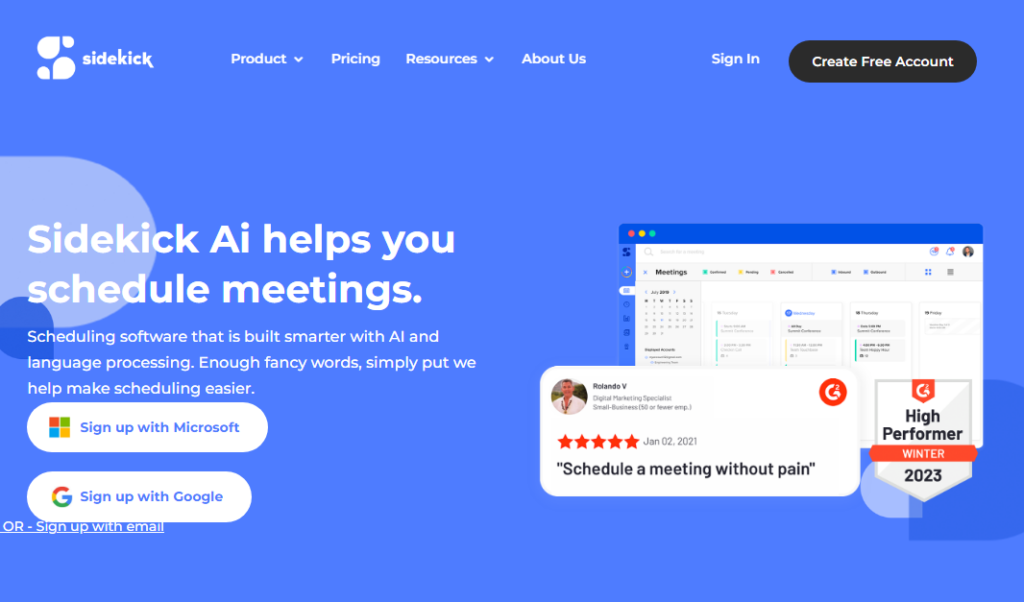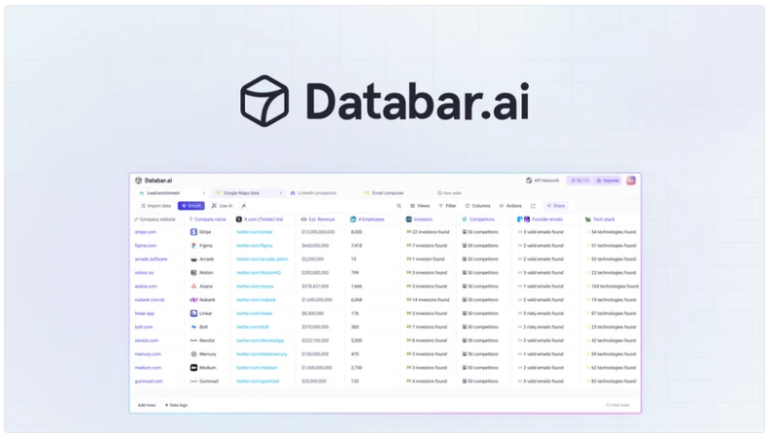Mastering How to Organize Meetings Effectively
I’ve spent hours in meetings that felt like a waste of time.
But what if I told you meetings can be valuable?
They can help your team work together,
make decisions, and move your business forward.
Let’s look at how to make meetings useful and engaging for everyone.
Meetings are a big part of business today,
but they often don’t work well. Sadly, 41.9% of meetings are not very good.
But, with the proper steps,
you can make meetings productive and meaningful for your team.
We’ll share tips and strategies to help you do just that.
Recognizing the Importance of Effective Meeting Organization
Inefficient meetings can result in considerable time,
chances, and morale losses and morale.
Knowing the cost of bad meetings is vital to better productivity and time management.
Addressing the Costs of Inefficient Meetings
McKinsey found that 61 percent of executives think half of decision-making time,
including meetings, is wasted.
Only 37 percent said their decisions were both quick and good.
With work changes due to the pandemic,
Eighty percent of leaders are thinking about or already changing meeting plans.
Cultivating a Time-Conscious Meeting Culture
Good meeting management means balancing schedules and priorities.
It’s about having a time-conscious meeting culture where meetings happen only when needed.
Tom Peters says leaders should spend half their time unplanned,
showing the value of time management in meeting organizations.
Setting Clear Meeting Objectives
Effective meetings start with clear objectives.
Begin by determining the primary goal of the conference.
This could be decision-making, brainstorming,
solving problems, or sharing information.
Make sure this meeting goal aligns with the broader objectives of your team or organization.
Setting specific, measurable outcomes for the meeting can boost productivity.
Share these objectives with all participants before the meeting.
This helps everyone stay focused and productive.
Identifying the Primary Goal
To set clear meeting objectives, start by identifying the primary purpose of the meeting.
Ask yourself if the goal is to make a decision,
generate new ideas, solve a problem, or share information.
This central meeting objective will guide the discussion and help achieve a successful outcome.
Aligning with Broader Objectives
After identifying the primary goal,
Ensure the meeting objectives align with your team’s or organization’s goals.
This ensures the meeting’s impact is maximized and everyone stays focused on critical priorities.
By defining specific, measurable outcomes and sharing them with participants,
you create a sense of purpose,
encouraging everyone to engage actively during the meeting.
Selecting the Right Participants
Finding the proper meeting stakeholders is critical to effective meetings.
Explicit criteria for participant selection should match the meeting’s goals and the roles needed.
Consider who knows what, who can make decisions,
and who can add valuable insights.
This ensures a good mix of views.
Encouraging Diverse Perspectives
Having diverse meeting participants leads to better ideas and a more welcoming space.
Look for people who think outside the box,
solve problems, and turn ideas into action plans.
Smaller groups work better, so pick the best people for the job.
Don’t invite troublemakers.
Choose the most skilled people you can, considering the group’s dynamics.
The best participants ask intelligent questions,
bring new ideas, work well together, and keep things positive.
Decide on the number of participants based on the skills and views needed.
Keep the group small for better discussions and decisions.
You set up your meeting for success by picking the right meeting participants.
Determining Optimal Meeting Length
When planning meetings, the length of the meeting is vital.
The duration must fit the meeting’s goals and what needs to be covered.
Short meetings are great for quick decisions or updates,
but longer ones are better for detailed talks or solving challenging problems.
Matching Duration with Objectives
The length of the meeting should match its purpose.
For sharing information, 15-20 minutes is enough.
But for brainstorming or planning, 30-60 minutes is better.
Team meetings usually last 20 to 30 minutes, and one-on-ones can be 30-45 minutes.
Implementing Timeboxing Techniques
To keep meetings focused, try timeboxing.
This means setting a time limit for each topic.
It helps keep the meeting on track and within time.
Using timers or visual cues can remind everyone when it’s time to move on.
Utilizing Meeting Scheduling Tools and Software
Modern meeting scheduling tools have great features for organizing meetings well.
They work with calendars to show who’s free,
helping avoid scheduling problems.
Automated scheduling finds the best times for everyone, reducing scheduling hassles.

Tools like Calendly, Calendar, and SavvyCal offer free plans with some features.

Paid plans start at $8 to $12 monthly, including features like preferred times,
buffer times, and emails to confirm and remind.
Choosing the proper meeting scheduling tool is essential.
Look at how easy it is to use, how well it integrates, and its cost.

Tools like Motion, Sidekick, and Cal.com are suitable for individuals.

ACE Meetings has team features starting at $6 a month.

The right tool saves time and effort for everyone involved.
one other tool that I want to mention is new and user-friendly
It is easy to use and is called TidyCal. Sign up, and you are ready to start your meeting journey. You can start with the free plan

Or if you want the lifetime deal, you can get it on Apssumo
Creating an Effective Meeting Agenda
A well-crafted meeting agenda is critical to keeping
the discussion on track and helping meet the meeting’s goals.
Start by clearly defining the meeting’s purpose.
Then, list the agenda items in order of priority.
Allocate specific time slots for each item.
Identify who will lead or contribute to each topic.
Defining the Meeting’s Purpose
Before creating the meeting agenda, define the meeting’s primary goal.
This helps focus the discussion.
Then, consider the meeting’s broader objectives and align the agenda items.
Prioritizing Agenda Items
When creating the meeting agenda, prioritize the items by importance and urgency.
Put the most critical topics first to ensure they get the proper attention.
It also helps manage the meeting’s time.
You can give more time to the top items.
Creating a good meeting agenda boosts meeting productivity and engagement.
It leads to better decision-making and outcomes.
A well-structured agenda is the key to a successful meeting.
How to organize meetings
Organizing effective meetings is more than just picking a time.
It’s about meeting time management,
giving each agenda item the right time, and having the right participant roles.
This helps drive meaningful discussions and decisions.
Allocating Time for Each Agenda Item
Assigning realistic time for each agenda item is critical.
It keeps the discussion focused and prevents meetings from going too long.
Meetings usually last between 31 to 60 minutes.
For quick updates, 10 to 15 minutes is best. Longer calls should aim for 45 minutes, not an hour.
Including Participants for Each Item
It’s also essential to pick the right people for each topic.
This ensures that the right experts are present to share their knowledge,
and having the right participant roles makes the meeting more productive.
Managing Time Zones in International Meetings
As companies grow globally, managing time zones becomes critical.
It’s vital for successful international conferences and teamwork worldwide.
Poor scheduling can hurt meeting outcomes,
making it harder for everyone to participate fully.
Using modern tools to schedule meetings can make a big difference.
These tools show all participants’ time zones and suggest the best meeting times.
This is especially helpful for teams spread out over different places,
ensuring meetings work for everyone.
Respecting time zones and sharing meeting inconveniences can build a fair and inclusive culture.
This boosts morale and job happiness and improves global operations by simplifying management time zones.

Tools like Doodle or WorldTimeBuddy help find times when everyone is free.

Good time zone management also means being culturally sensitive and understanding customer needs.
Meeting a customer’s time zone shows you care and understand them,
leading to better customer service, satisfaction, and loyalty.
Meeting Engagement Strategies
Keeping your team members engaged is critical to successful meetings.
Strategies like asking participants to lead on agenda topics and limiting the facilitator’s speaking time help.
Also, watching for signs of disengagement makes meetings more interactive and productive.
Encouraging Participation
Boost meeting engagement by letting your team own parts of the agenda.
Assign them to present updates or lead discussions on topics they know well.
This increases participant involvement and helps them grow in presentation
and facilitation skills.
Reading the Room
As the facilitator, pay close attention to the meeting culture and room energy.
Take action if you see people checking phones,
doodling, or looking distracted. Change the topic,
ask for their thoughts, or do a quick activity to get their attention back.
Injecting Fun and Levity
Meetings don’t have to be serious all the time.
Add fun and silliness to make the atmosphere more lively.
Share a funny story, do a quick icebreaker,
or suggest playful breaks.
A little humor can significantly improve morale and meeting engagement.
Tactical Meeting Best Practices
Good meeting organization is more than just the agenda.
It’s about the timing, attendance, decision-making, and note-taking.
Clear rules and shared tasks, like note-taking, make meetings better.
They become more productive and focused.
Timing and Attendance Considerations
Weekly tactical meetings help when projects are delayed, and information is lost.
They keep meetings on track and decisions clear.
This way, everyone knows what’s needed and can better support each other.
Decision-Making Processes
Tactical meetings follow a set plan.
They start with a check-in and then review checklists and metrics.
Next, there are project updates and a closing round.
Having a facilitator keeps the meeting on track and topic.
Note-Taking and Follow-Up
Keeping meeting notes is critical.
They prove decisions were made and show the organization’s ethics.
Good problem-solving skills are vital for finding solutions and improving daily work.
Conclusion
Organizing effective meetings is vital in today’s workplace.
Using the strategies in this article, you can make meetings valuable and productive.
They can help your team work better together and achieve goals.
Setting clear goals and choosing the right people for meetings are essential.
Using tools and keeping everyone involved also helps.
This guide will help you improve meetings, save time, and make better decisions.
Good meeting organization is more than just following rules.
It’s about making a space where ideas grow, and teamwork succeeds.
you’ll save time and help your team reach its best.
Start using these tips to see how well-organized meetings can change your business.
Mastering meeting organization will lead to a more productive and united workplace.







